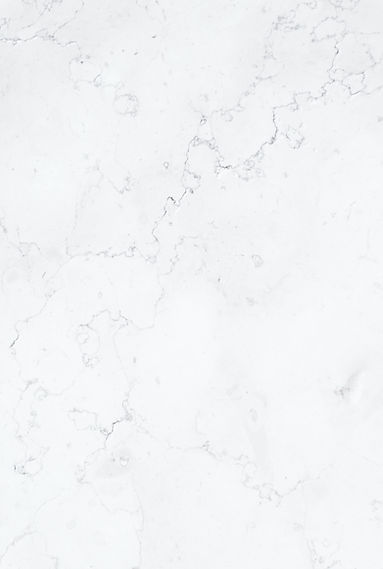

Dermaplaning is the best add-on to any facial treatment, the basic concept of dermaplaning is similar to shaving, however, it is a deeper exfoliation of the skin. Don’t worry your hair will not grow back thicker or darker (this is a myth, we were lied to)
This non invasive procedure is achieved by using a sterile blade on a 45-degree angle and planing it slowly across your skin, we will remove dead cells, scar tissue, and other debris that makes the skin's surface look uneven and clogs up pores. You will be left with a smoother and brighter surface. Dermaplaning has a 3-fold benefit, your facial products will penetrate deeper, make-up will appear smoother and your skin will respond to other professional facial procedures with a greater result. We recommend Dermaplaning every 4-6 weeks to reduce break outs, promote collagen production and keep your skin looking brighter and feeling silky smooth.

Freaquently Asked Questions
Dermaplaning FAQ's
Q: What is dermaplaning?
A: Dermaplaning is a skincare treatment that involves using a sterile surgical scalpel to gently exfoliate the top layer of dead skin cells and remove fine vellus hair (peach fuzz) from the face.
Q: How does dermaplaning work?
A: During dermaplaning, a trained aesthetician holds the skin taut and gently glides the scalpel at a 45-degree angle across the skin, removing dead skin cells and hair.
Q: Does dermaplaning make my hair grow back thicker and darker?
A: No, dermaplaning does not alter the color or thickness of the hair that grows back. The hair that regrows after dermaplaning will have the same texture, color, and thickness as it did before the treatment.
Q: Is dermaplaning painful?
A: No, dermaplaning is generally not painful. Most people describe the sensation as a gentle scraping or tickling feeling on the skin.
Q: Who is a good candidate for dermaplaning?
A: Dermaplaning is suitable for most skin types, including sensitive skin. However, individuals with active acne or other skin conditions may not be suitable candidates.
Q: What are the benefits of dermaplaning?
A: Dermaplaning can improve the texture and tone of the skin, enhance the effectiveness of skincare products, and create a smoother canvas for makeup application. It also helps with the removal of fine facial hair.
Q: How long does a dermaplaning session take?
A: A typical dermaplaning session takes around 30 minutes, depending on the areas being treated and any additional procedures performed in conjunction.
Q: How often should I get dermaplaning done?
A: It is recommended to undergo dermaplaning treatments every 3 to 4 weeks to maintain results and keep the skin smooth and rejuvenated.
Q: Are there any side effects of dermaplaning?
A: Side effects of dermaplaning are minimal but may include temporary redness, mild sensitivity, or slight peeling, which typically subside within a few hours to a day.
Q: Can dermaplaning be combined with other skincare treatments?
A: Yes, dermaplaning can be combined with other treatments such as chemical peels or facials to enhance results and address multiple skin concerns simultaneously.
Q: Is there any downtime after dermaplaning?
A: There is usually no downtime after dermaplaning, and you can resume your normal activities immediately. However, it's essential to avoid sun exposure and wear sunscreen to protect the newly exfoliated skin.



